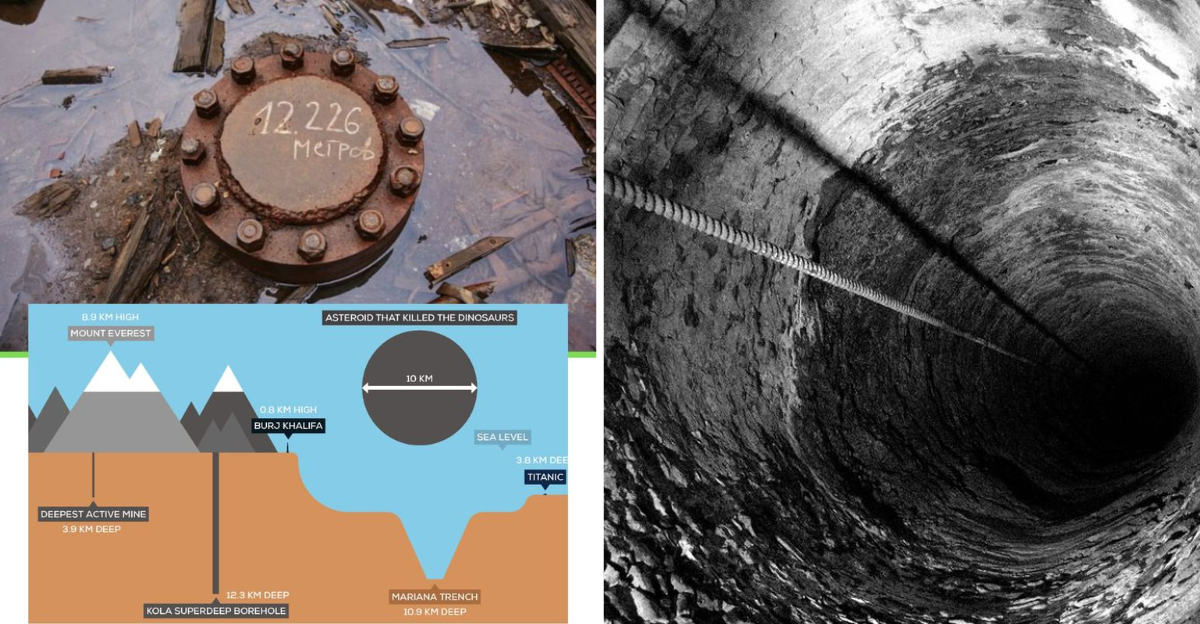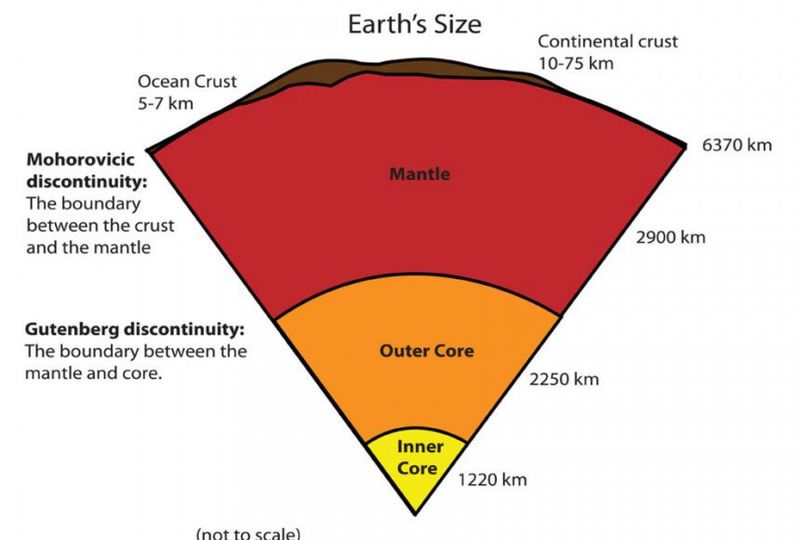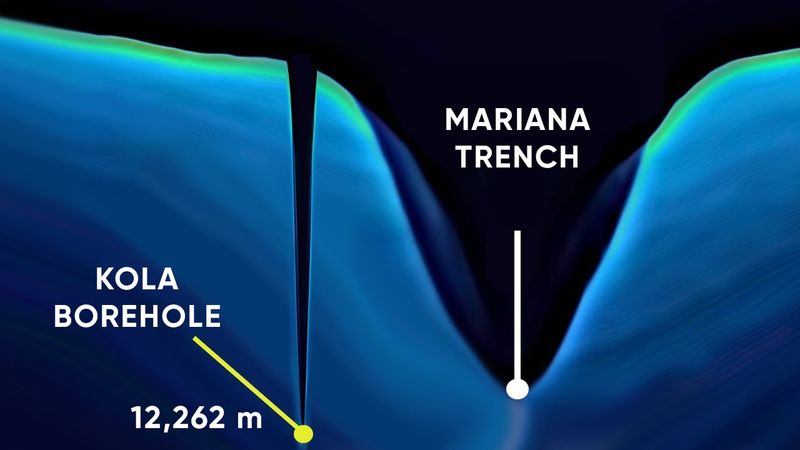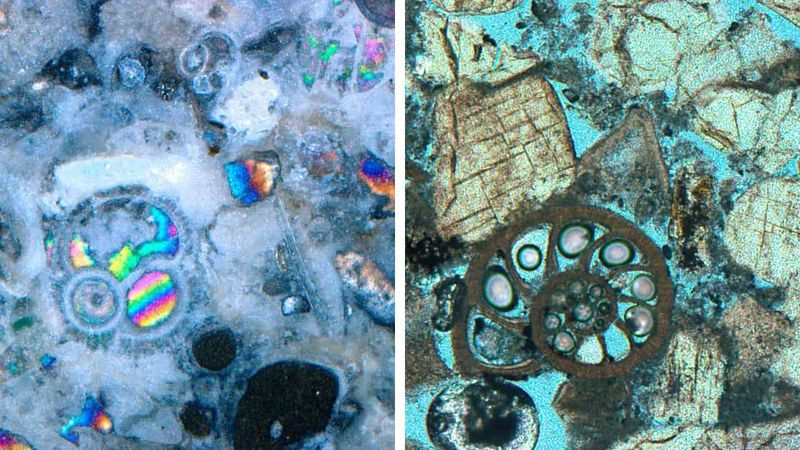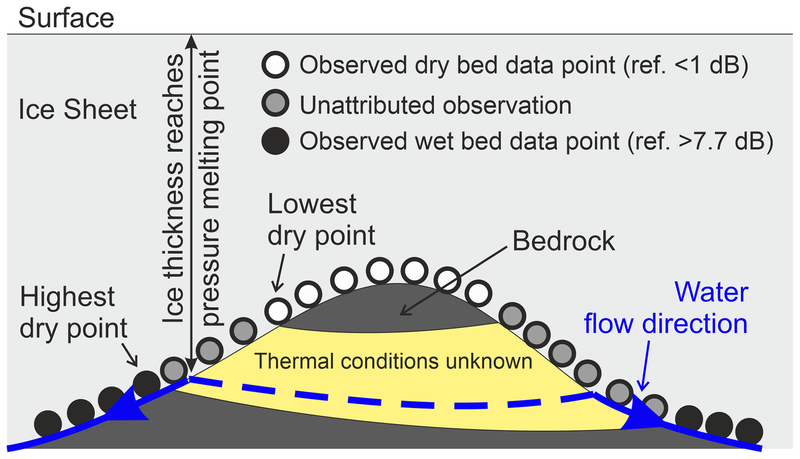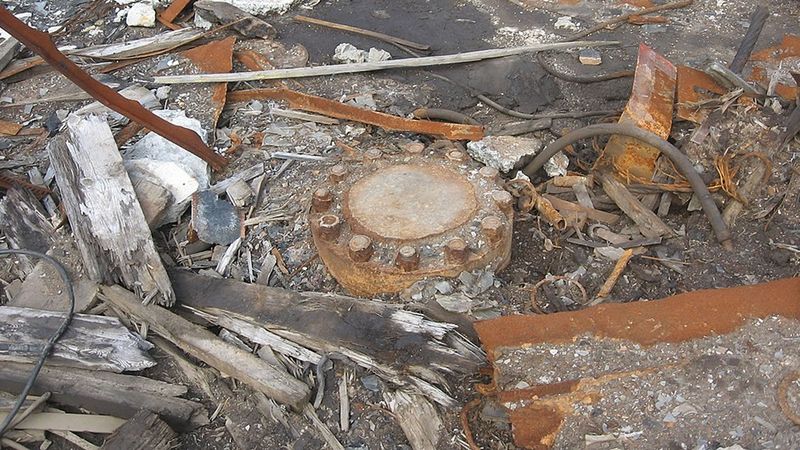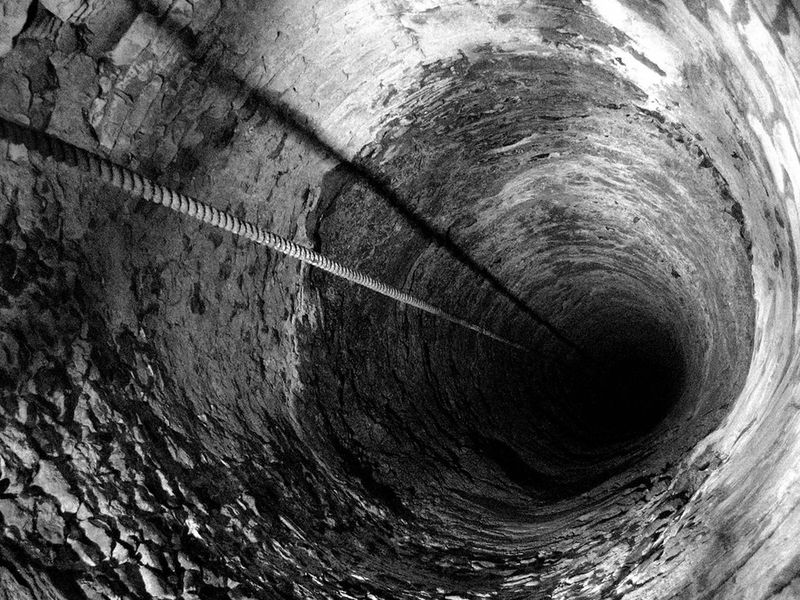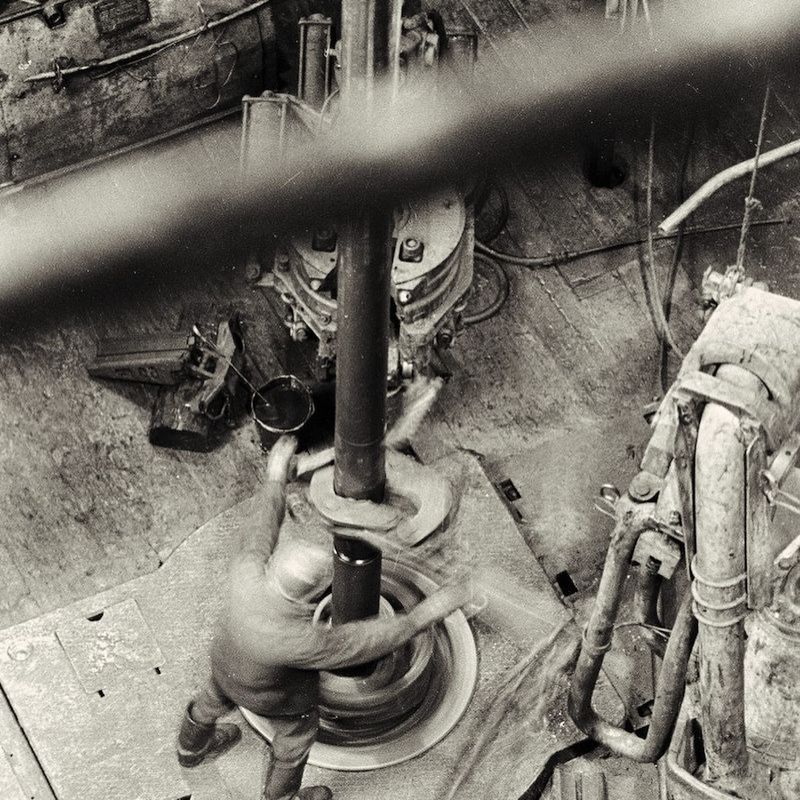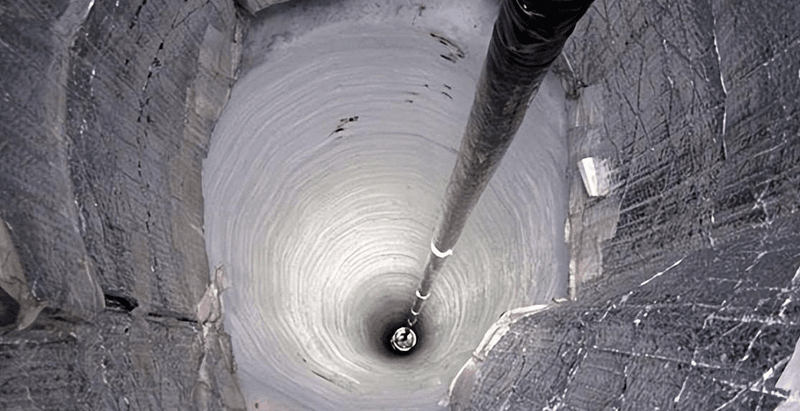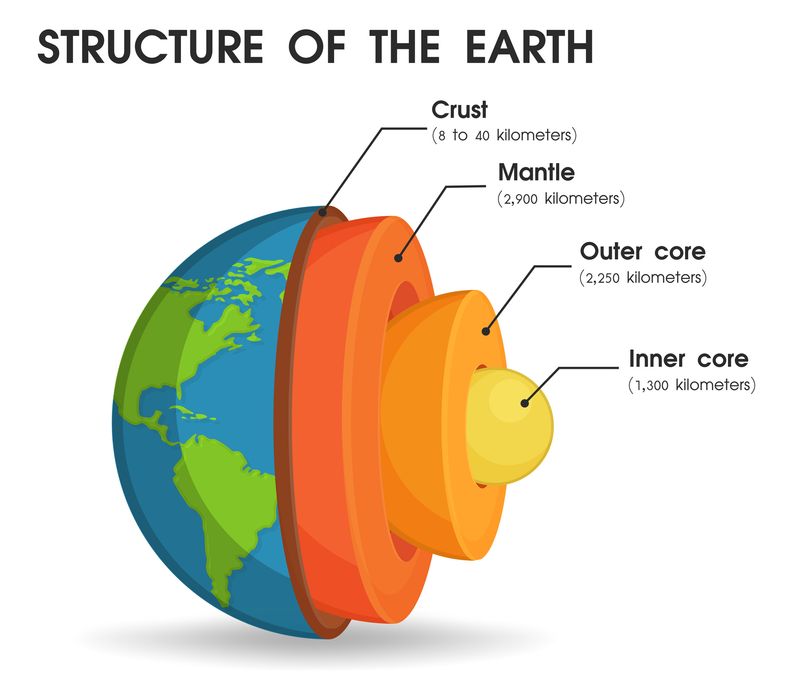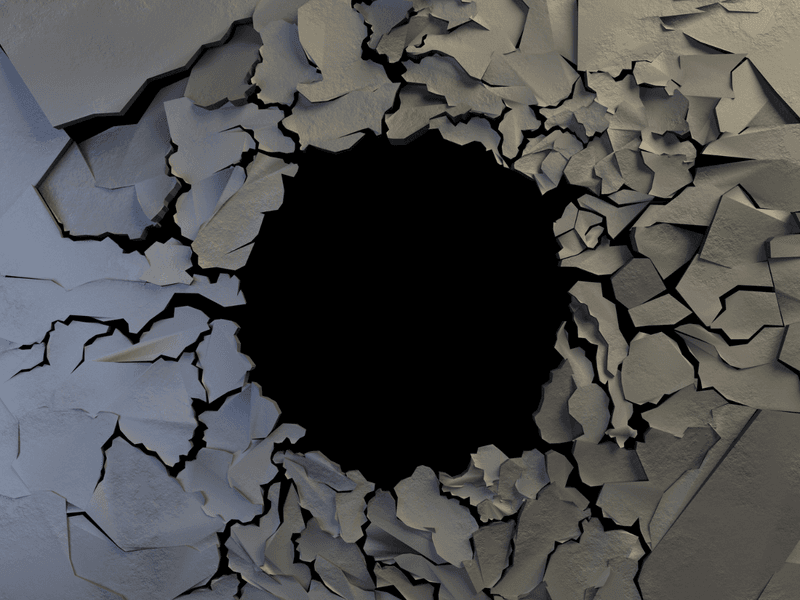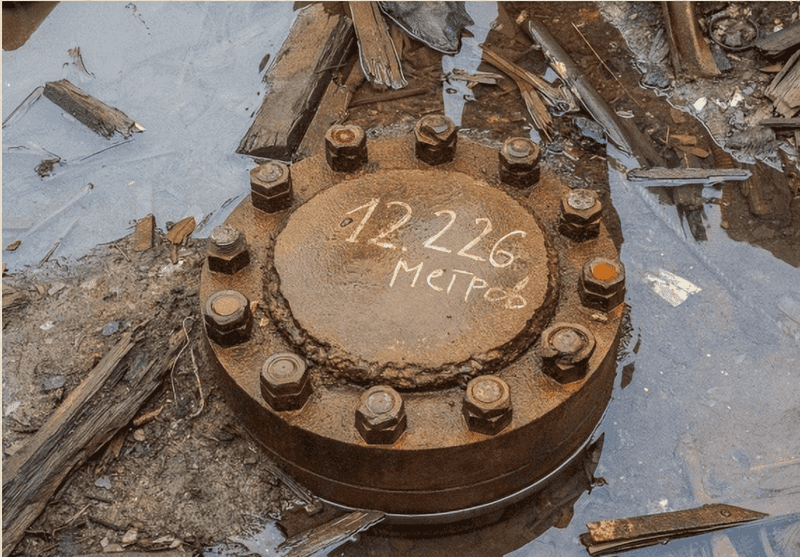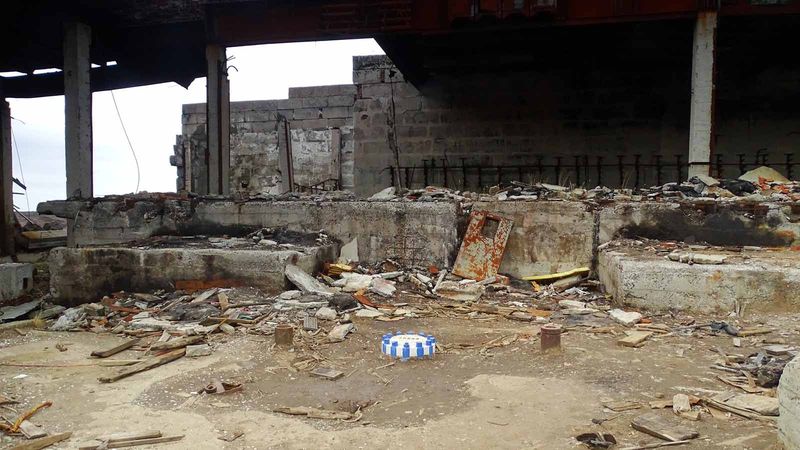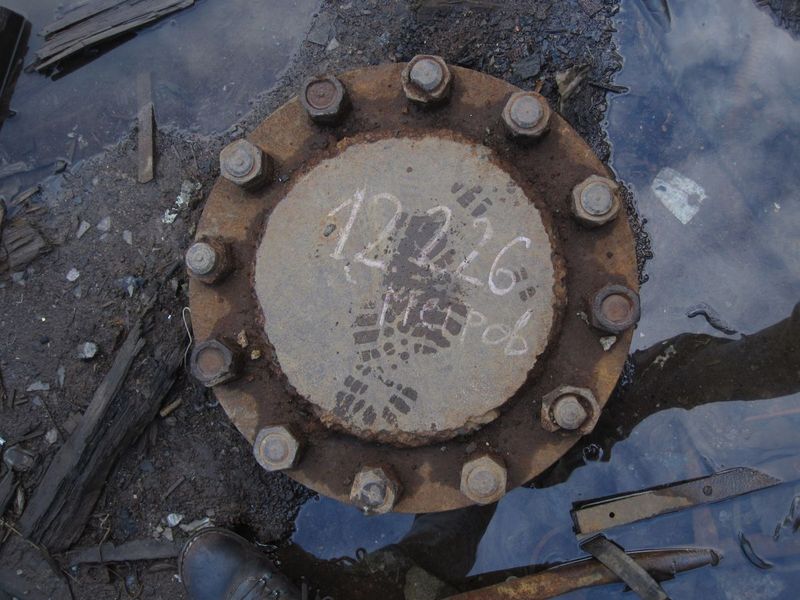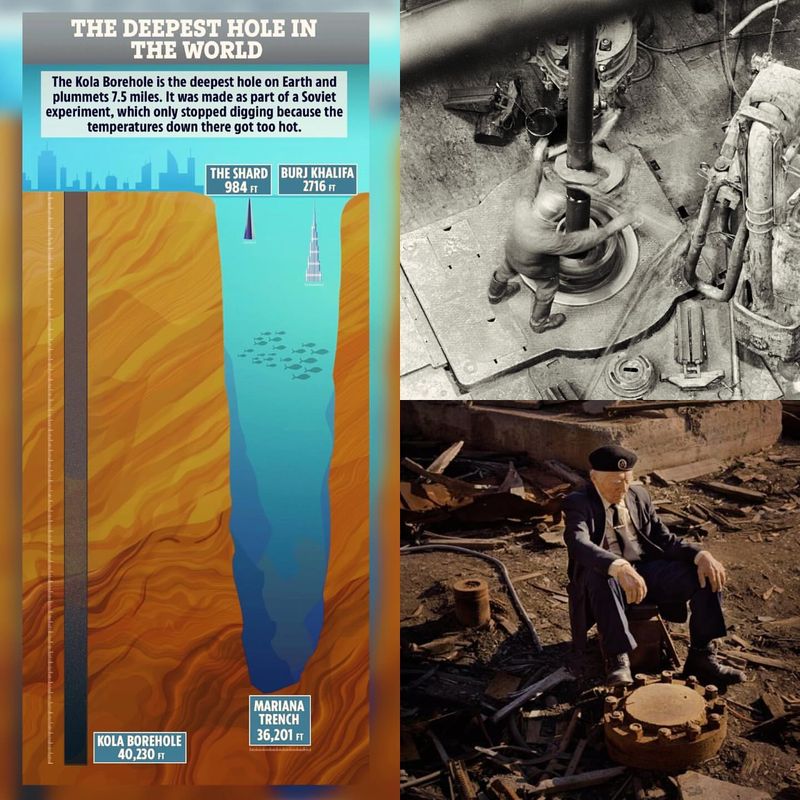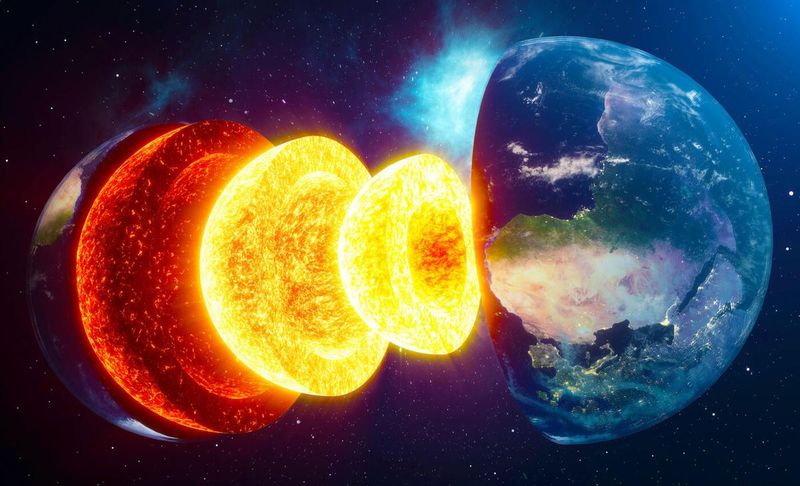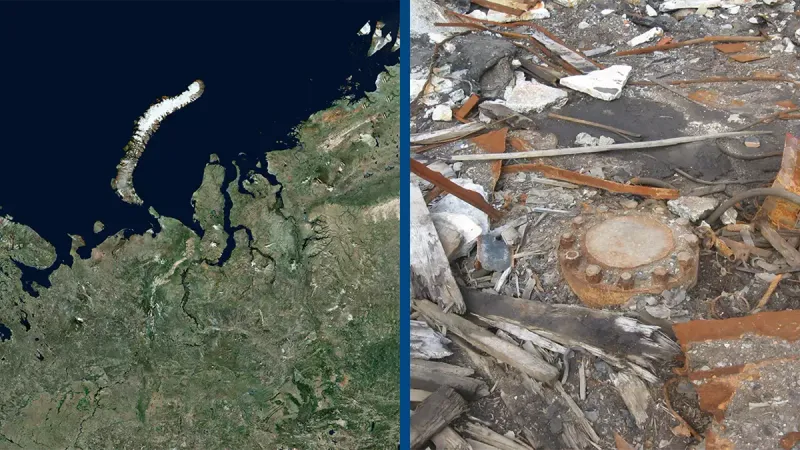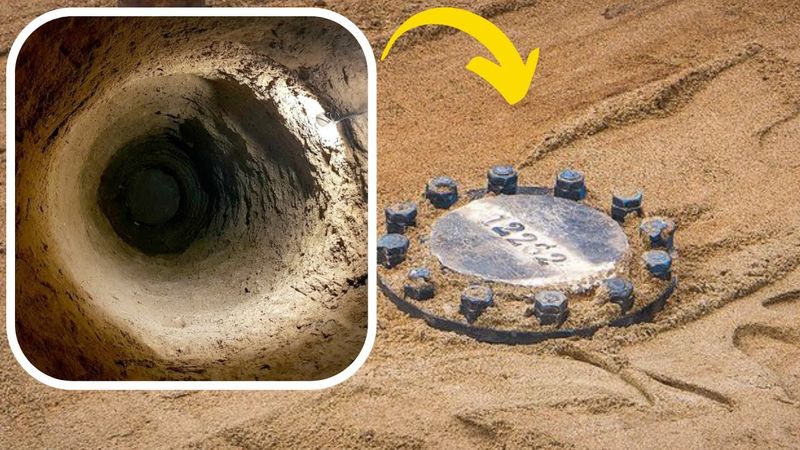The Kola Superdeep Borehole, drilled by Soviet scientists, is the deepest artificial point on Earth. Reaching a staggering depth of over 12 kilometers, this engineering marvel aimed to explore the Earth’s crust. Despite its impressive depth, the borehole was eventually sealed. This blog explores 19 fascinating facts about this intriguing project.
Record-Breaking Depth
The Kola Superdeep Borehole, located in Russia’s Kola Peninsula, reached an unparalleled depth of 12,262 meters (40,230 feet). This extraordinary achievement set the record as the deepest artificial point on Earth. Drilling commenced in 1970 and continued until 1994. The project’s primary aim was to understand the Earth’s crust deeper than ever before. This borehole, however, encountered extreme conditions that presented significant challenges. The immense pressure and temperatures nearing 180°C pushed the limits of engineering and technology. The borehole’s depth remains unsurpassed, despite numerous attempts worldwide to reach similar depths.
Scientific Endeavor
Initiated during the Cold War, the Kola Superdeep Borehole was a scientific quest, part of the USSR’s efforts to demonstrate technological superiority. This ambitious project aimed to investigate the Earth’s crust and gain insights into geological processes. Scientists hoped to uncover the secrets hidden deep beneath the surface. The research conducted contributed significantly to our understanding of heat flows, seismic activity, and the structure of the Earth’s layers. Although the project had geopolitical underpinnings, its scientific contributions have been globally recognized and appreciated by the geological community.
Unexpected Discoveries
The drilling project led to unexpected geological discoveries. Layers of rock revealed significant information about the Earth’s crust, particularly the transition between different geological layers. Among the surprises was the absence of a basaltic layer, which scientists had anticipated encountering. Instead, the project found that the Earth’s crust was more complex and varied than previously thought. These findings challenged existing geological models, leading to revised theories about the composition and structure of the crust. The unexpected outcomes emphasized the importance of empirical research in understanding Earth’s mysteries.
Geothermal Gradient
One of the key findings from the Kola Superdeep Borehole was the geothermal gradient, which refers to the rate at which temperature increases with depth below the Earth’s surface. The borehole encountered temperatures around 180°C, much higher than anticipated at such depths. This discovery highlighted the intense heat present in the Earth’s crust, providing critical data for geothermal research. Understanding the geothermal gradient is crucial for various applications, including geothermal energy exploration and assessing the Earth’s thermal history. The findings from this project continue to influence scientific approaches to studying geothermal phenomena.
Challenges of Drilling
Drilling the Kola Superdeep Borehole posed numerous technical challenges. The extreme depths and harsh geological conditions required innovative engineering solutions. Engineers faced issues like equipment failure due to high temperatures and pressures. Additionally, maintaining the borehole’s stability was a constant challenge. The project utilized specialized drill bits and fluids, adapting to the unique conditions encountered. Despite these difficulties, the Soviet team persevered, setting new standards for deep drilling technology. The lessons learned from this project have informed modern geological drilling techniques and equipment development, marking significant advancements in engineering.
Seismic Studies
The Kola Superdeep Borehole provided valuable data for seismic studies. As the deepest artificial point on Earth, it offered a unique opportunity to study seismic waves and their behavior at extreme depths. Researchers used the borehole to understand wave propagation and the structure of the Earth’s interior. This knowledge contributes to improving earthquake prediction models and understanding tectonic activities. The seismic studies conducted at the borehole have been instrumental in advancing geophysical research, enhancing our ability to interpret seismic data and assess risks associated with seismic events.
Microbial Life Discovered
One of the most intriguing discoveries from the Kola Superdeep Borehole was the presence of microbial life at extreme depths. Scientists found microorganisms thriving in rock layers several kilometers beneath the surface, challenging previous assumptions about life’s limits. These extremophiles demonstrated resilience in harsh conditions, offering insights into the potential for life in similar environments elsewhere, such as other planets. The discovery has implications for astrobiology and understanding extremophiles’ adaptability, contributing to the broader quest for life beyond Earth. This finding opened new avenues for research into life in extreme environments.
Rock Composition
The borehole provided unprecedented access to rock samples from deep within the Earth’s crust. These samples offered insights into the composition and structure of geological formations. Scientists discovered diverse mineral compositions, revealing complex interactions over geological time. The samples challenged existing geological models, leading to new theories about crust formation and dynamics. Understanding rock composition is crucial for applications in resource exploration and geological mapping. The analysis of these deep-crust samples has significantly contributed to the field of geology, enhancing our understanding of Earth’s geological history and the processes shaping its crust.
Technological Innovations
The Kola Superdeep Borehole spurred technological innovations in drilling technology. Confronted with extreme conditions, engineers developed new equipment and techniques to withstand high temperatures and pressures. The project led to advancements in drill bit design, drilling fluids, and borehole stability management. These innovations benefited not only scientific projects but also the oil and gas industry, where deep drilling is essential. The technological developments from this project have had a lasting impact, influencing modern engineering practices and setting new benchmarks for deep drilling operations across various sectors.
Heat Flow Measurements
The borehole provided critical data on heat flow within the Earth’s crust. Researchers measured the rate at which heat is transferred from the Earth’s interior to its surface. These measurements are essential for understanding the thermal structure of the crust and mantle. The data collected has implications for geothermal energy exploration, as regions with high heat flow may be suitable for energy extraction. Insights from the Kola Superdeep Borehole continue to inform studies on Earth’s thermal evolution, enhancing our understanding of heat dynamics and their influence on geological processes.
Geological Mapping
The borehole’s findings significantly contributed to geological mapping efforts. By accessing deep-crust samples, scientists could create more accurate geological maps, depicting various layers and formations. This data enhanced the understanding of crustal composition, structure, and dynamics. Geological mapping is vital for resource exploration, environmental assessment, and land-use planning. The Kola Superdeep Borehole’s contributions to this field have provided a foundation for further research and exploration, aiding geologists in developing more precise models of Earth’s geological features.
Collaboration and Competition
The project symbolized both collaboration and competition during its time. While primarily a Soviet endeavor, it drew interest from the international scientific community. Researchers worldwide were keen to collaborate and share findings, despite the political climate. The borehole fostered scientific exchanges, contributing to a broader understanding of Earth’s geology. This spirit of collaboration transcended geopolitical tensions, emphasizing the universal nature of scientific inquiry. The Kola Superdeep Borehole serves as a reminder of the potential for scientific collaboration, even in politically charged contexts, advancing knowledge through shared efforts.
Impact on Resource Exploration
The insights gained from the Kola Superdeep Borehole have influenced resource exploration efforts, particularly in the oil and gas industry. The project advanced understanding of deep geological structures, aiding in the identification of potential resource deposits. The technological innovations developed for the borehole have been applied to improve drilling efficiency and safety in resource exploration. This impact underscores the interconnectedness of scientific research and industrial applications, highlighting how fundamental research can drive advancements in practical fields, enhancing our ability to access and manage Earth’s resources responsibly.
Environmental Considerations
The borehole project highlighted the need for environmental considerations in large-scale scientific endeavors. Ensuring minimal environmental impact was a priority, leading to the development of safety protocols and sustainable practices. The sealing of the borehole reflected these considerations, preventing potential contamination. The experience gained has informed modern environmental standards for drilling projects, emphasizing responsible resource management. The borehole’s legacy includes its contribution to environmental consciousness in scientific research, demonstrating the importance of balancing exploration with ecological stewardship.
Public Fascination and Myths
The Kola Superdeep Borehole captured public imagination, leading to myths and legends about its depths. Some speculated about reaching hell or uncovering mysterious entities. While these myths are unfounded, they reflect the public’s fascination with the unknown. The project’s real achievements, however, lie in its scientific contributions, challenging our understanding of the Earth’s crust. Public interest in the borehole underscores the importance of communicating scientific endeavors clearly, inspiring curiosity and appreciation for geological research. The borehole remains a subject of intrigue, blending scientific facts with cultural narratives.
Legacy of Exploration
The Kola Superdeep Borehole’s legacy extends beyond its physical site. It represents human curiosity and the relentless pursuit of knowledge. The project’s achievements have inspired future generations of scientists and engineers, highlighting the importance of exploration in understanding our world. Despite its closure, the borehole’s contributions to geology, technology, and collaboration endure. It serves as a testament to the power of scientific inquiry and the potential for innovation. The borehole continues to inspire exploration, reminding us of the boundless possibilities that lie beneath the Earth’s surface.
Cultural Significance
The borehole project has left a cultural imprint, symbolizing the era’s technological ambitions and scientific curiosity. It has been featured in documentaries, articles, and artistic expressions, highlighting its significance beyond scientific circles. The borehole’s story reflects broader societal themes, including the pursuit of knowledge and the challenges of large-scale projects. Its cultural impact underscores the interplay between science and society, illustrating how scientific endeavors can shape cultural narratives. The Kola Superdeep Borehole remains a cultural icon, representing a unique chapter in the quest to understand our planet.
International Recognition
The achievements of the Kola Superdeep Borehole have been recognized internationally, cementing its place in geological history. Scientists around the world have acknowledged its contributions to understanding Earth’s crust and advancing drilling technology. The project has been the subject of numerous studies and continues to be referenced in scientific literature. Its international recognition highlights the global impact of the research conducted, emphasizing the project’s role in shaping modern geology. The borehole remains a benchmark for deep drilling endeavors, inspiring future exploration and collaboration across borders.
Sealing of the Borehole
Despite its scientific achievements, the Kola Superdeep Borehole was sealed in 1995. Economic constraints and the end of the Cold War led to funding discontinuation. The borehole was capped with cement to ensure safety and prevent environmental contamination. The sealing marked the end of an era, but the project’s legacy continues. The closure highlights the challenges faced by large-scale scientific endeavors, particularly in changing political and economic climates. Despite its closure, the borehole remains a symbol of human curiosity and the quest to understand our planet’s depths.
